What affects the life of a Binocular?
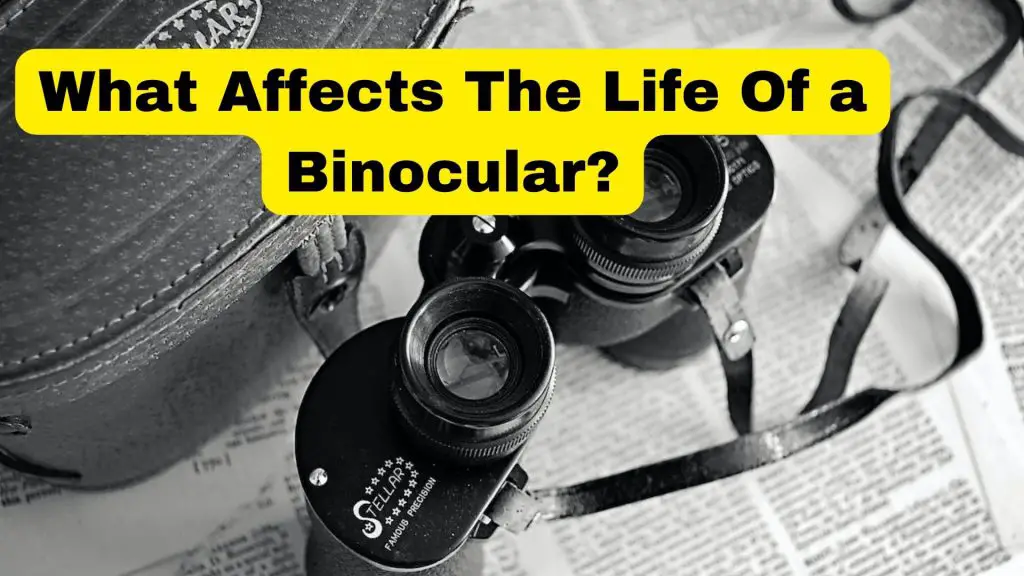
Have you ever wondered what makes your binoculars tick and how you can make them last longer?
Well, get ready for a fun exploration into the world of binoculars and the things that influence their lifespan.
Just like any cool gadget, binoculars need a little care to keep them in tip-top shape.
From their lenses to their sturdy body, there are a few factors that can affect how long they stay crystal clear and ready for action.
Let’s dive into this exciting journey where we’ll learn about the quality of their parts, how to handle them with care, and what to watch out for as they get older.
Quality of Optics: How it Shapes the Longevity of Binoculars
Not all binoculars are created equal, and their longevity and performance largely depend on the quality of their optics.
Here, we will delve into the factors related to lens materials and coatings, prism types, and the impact of optical aberrations on binocular longevity.
Lens materials and coatings
Importance of high-quality glass
The quality of the glass used in the lenses of binoculars plays a crucial role in determining their optical performance and durability.
High-quality glass ensures superior light transmission, resulting in clearer and brighter images.
Manufacturers use different types of glass, such as extra-low dispersion (ED) or fluorite glass, to reduce chromatic aberration and produce sharper images with better color rendition.
Moreover, high-quality glass is more resistant to scratches and abrasions, contributing to the longevity of the binoculars.
A binocular with premium glass will maintain its optical performance for a longer time, making it a worthwhile investment for users.
Effects of lens coatings on image clarity and protection
Lens coatings are thin layers applied to the surfaces of the binoculars’ lenses to reduce reflections, improve light transmission, and enhance image clarity.
Multiple coatings, such as anti-reflective coatings (AR), dielectric coatings, and hydrophobic coatings, contribute to better light transmission and sharper images by minimizing light loss and ghosting.
Moreover, lens coatings provide protection against external elements, like dust, moisture, and fingerprints, which can potentially degrade the optics over time.
Coated lenses are easier to clean and maintain, reducing the risk of accidental damage during cleaning.
Prism types and quality
Roof prisms vs. Porro prisms
Binoculars employ two main types of prism systems: roof prisms and Porro prisms.
Roof prisms allow for a more compact and streamlined design, but their construction requires higher precision, making them generally more expensive.
Porro prisms, on the other hand, provide a traditional and bulkier design but are often considered more robust and affordable.
The choice between the two prism types can influence the overall durability and longevity of the binoculars.
Roof prism binoculars, due to their intricate design, may require more precise alignment and are more susceptible to damage if subjected to rough handling.
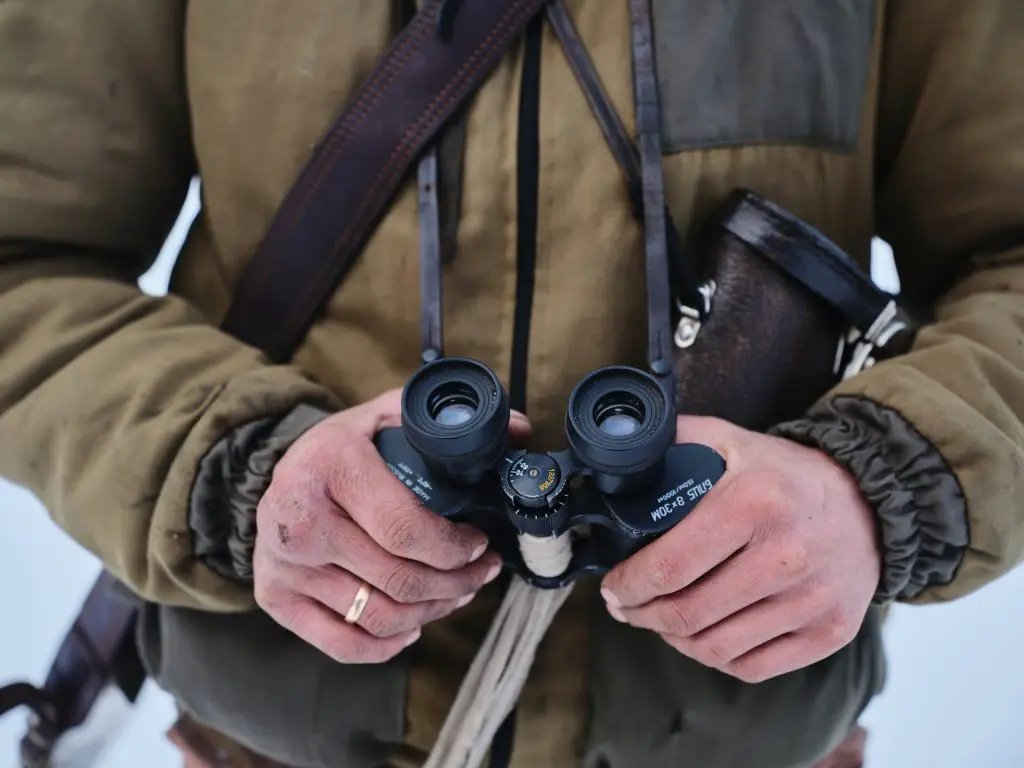
Construction and Design Affects The Longevity
When it comes to binoculars, the phrase “don’t judge a book by its cover” doesn’t quite hold true.
The construction and design of binoculars significantly influence not only their durability but also the comfort and ease of use for the user.
Let’s discuss these in detail.
Body material and build quality
Impact of materials (e.g., polycarbonate, magnesium) on durability
The choice of materials for the construction of binocular bodies is a critical factor in determining their longevity. Manufacturers use a variety of materials, with two common ones being polycarbonate and magnesium.
Polycarbonate is lightweight and offers excellent impact resistance, making binoculars constructed with this material less prone to damage from accidental drops or impacts. It is also cost-effective, making binoculars with polycarbonate bodies more affordable for users.
On the other hand, binoculars with magnesium bodies tend to be more robust and durable. Magnesium is known for its strength-to-weight ratio, providing a sturdy frame without excessive weight.
Binoculars constructed with magnesium are often preferred by serious outdoor enthusiasts who prioritize durability and are willing to invest in higher-end models.
Weather-resistant and waterproof features
Outdoor activities frequently expose binoculars to various weather conditions, including rain, snow, and dust.
Weather-resistant and waterproof features are essential in protecting the internal components from moisture and debris.
Look for binoculars with O-ring seals and nitrogen or argon gas purging, as these features prevent water and fog from entering the optical system.
Waterproof binoculars are designed to withstand submersion in water up to a specific depth, ensuring that they remain functional even in harsh weather conditions.
These weather-resistant features not only safeguard the binoculars from damage but also extend their lifespan, making them suitable companions for outdoor adventures.
Ergonomics and user-friendly design
Comfort during extended use
Comfort during extended use is crucial, especially for users who indulge in prolonged observations, such as birdwatchers, hikers, and sports enthusiasts.
Ergonomic design considerations, such as the shape of the barrels, the position of the eyecups, and the focus wheel, significantly impact user comfort.
Binoculars with an open-bridge design or a single-hinge design allow for a more secure and comfortable grip, reducing strain on the hands during extended use.
Additionally, adjustable eye cups with multiple positions enable users to find the ideal eye relief, accommodating those who wear glasses.
Impact on handling and potential wear and tear
User-friendly design can significantly impact how well a pair of binoculars withstands wear and tear over time.
Intuitive controls and well-placed features allow for effortless handling and quick adjustments while in the field.
Smooth and precise focus wheels make it easier to achieve sharp images without unnecessary effort, reducing the risk of overstraining the focusing mechanism.
Additionally, well-designed diopter adjustments facilitate easy fine-tuning for users with different eyesight needs.
Moreover, binoculars that come with protective features, such as retractable lens hoods and reinforced rubber armoring, can guard against accidental bumps and scratches, ensuring the longevity of the optical system.
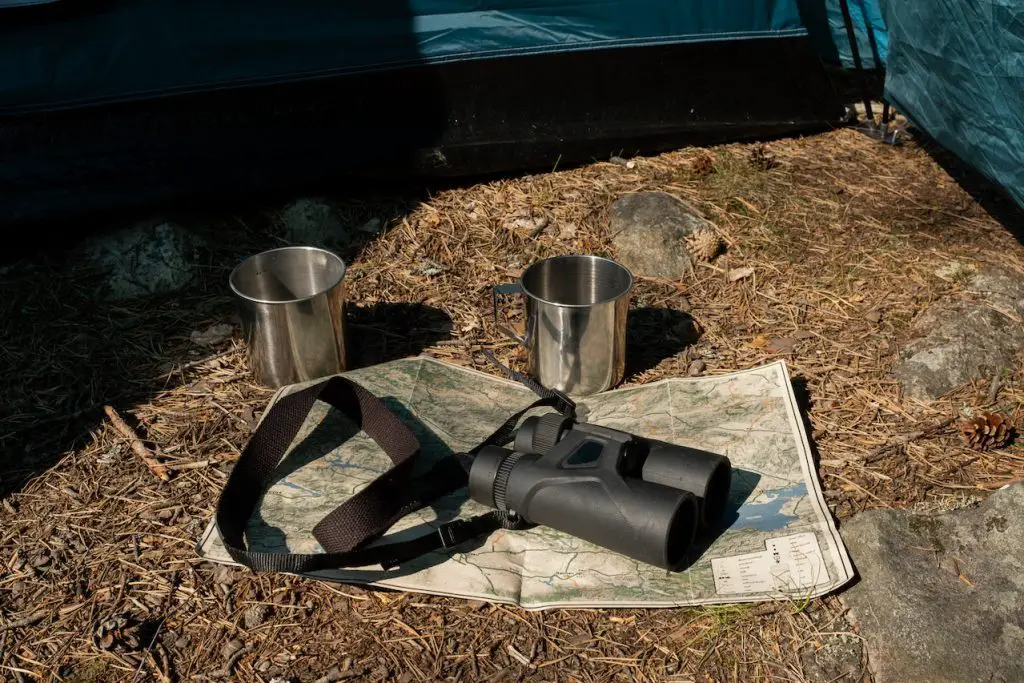
How You Maintain, Store & Take Care Of Your Binoculars affects the life of binoculars
Here, we will see the critical aspects of maintaining your binoculars, including cleaning technique, correct storage practices, and the importance of regular maintenance and servicing.
Proper cleaning techniques
Handling dust, dirt, and smudges on lenses
Accumulated dust, dirt, and smudges on the lenses can degrade image quality and hinder your viewing experience. To maintain the clarity of your binoculars, follow these cleaning tips:
- Start by using a soft-bristled brush or air blower to remove loose debris from the lenses and the eyepieces.
- To remove fingerprints or stubborn smudges, breathe gently on the lens to create condensation and then use a microfiber cleaning cloth to gently wipe away the marks in a circular motion.
- Avoid using your breath on eyepieces if they have eyecups designed for eyeglass wearers, as this could transfer oil and dirt from your eyelashes.
- Never use rough or abrasive materials to clean the lenses, as this can lead to scratches and permanent damage.
Avoiding scratches and damage while cleaning
When cleaning your binoculars, exercise caution to avoid scratches that could compromise their optical performance:
- Always use a microfiber cleaning cloth designed for lenses or optics.
- If there are particles or grit on the lens surface, do not attempt to wipe them away, as doing so could cause scratches. Instead, use an air blower or a soft brush to remove them first.
- Keep lens caps on when the binoculars are not in use to protect the lenses from dust and scratches.
Storing binoculars correctly
Protective cases and suitable environments
Proper storage is essential for preserving the integrity of your binoculars when they are not in use:
- Always use the provided protective case or invest in a quality padded binocular case to shield them from impacts and external elements.
- Store your binoculars in a cool, dry place away from direct sunlight and excessive heat, as extreme temperatures can cause damage to the internal components and optical coatings.
Avoiding extreme temperatures and humidity
Avoid exposing your binoculars to extreme temperatures and humidity:
- Do not leave your binoculars in a hot car or any other location with high temperatures, as this can cause the materials to warp or degrade.
- Avoid storing them in damp or humid environments, as moisture can damage the internal mechanisms and promote mold growth.
Regular maintenance and servicing
Importance of routine check-ups and adjustments
Even with proper care, binoculars may require routine maintenance to keep them in top shape:
- Periodically check the alignment of the binocular barrels to ensure they are properly collimated for accurate viewing.
- Inspect the eyecups, focus wheel, and other moving parts for any signs of wear or damage.
Addressing issues promptly to prevent further damage
If you notice any problems or issues with your binoculars, address them promptly:
- If you experience difficulty with focusing or notice a decrease in image quality, have your binoculars professionally serviced by an authorized dealer or a qualified technician.
- Avoid attempting to disassemble or repair your binoculars yourself, as this could lead to irreversible damage.
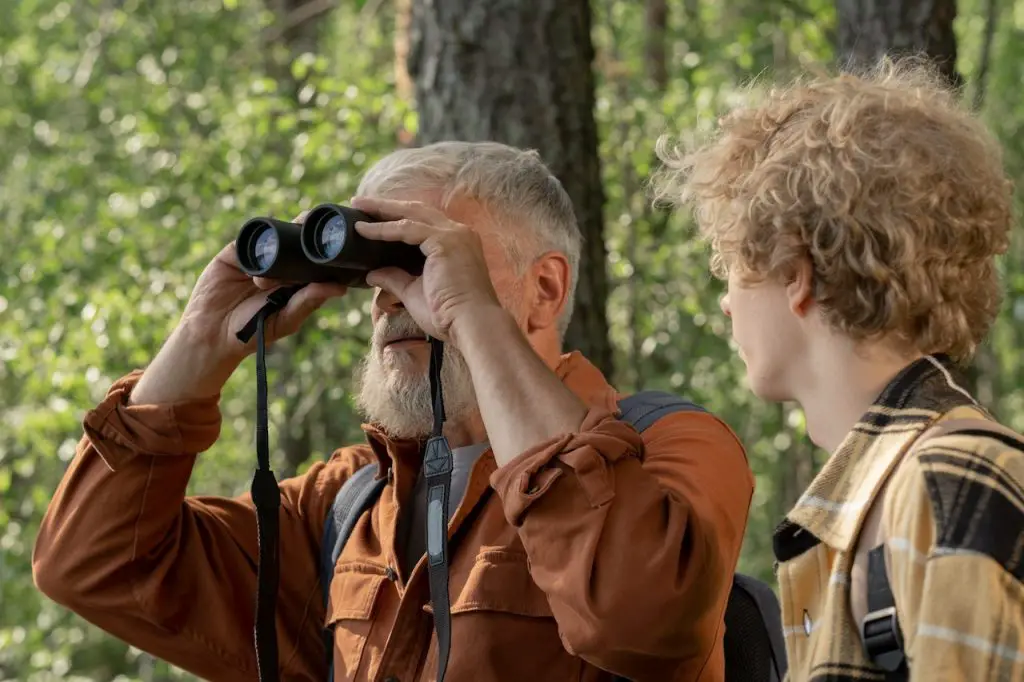
Usage Patterns on Binoculars Affects The Life Of Your Binoculars
Here, we will explore the impact of usage patterns on binoculars, from the frequency of use to the intensity of activities, and discover how making informed choices and practicing proper care can ensure lasting optical excellence.
Frequency of use
Understanding the impact of heavy vs. occasional usage
The frequency of usage can greatly affect the wear and tear on your binoculars.
For avid outdoor enthusiasts who frequently explore landscapes, observe wildlife, or attend events, heavy usage is part of their routine.
Heavy use means more exposure to environmental elements, increased risk of accidental impacts, and higher potential for wear on moving parts.
In contrast, occasional users, such as casual travelers or hobbyists, may not subject their binoculars to as much strain.
However, occasional use still requires careful handling and storage to preserve the instrument’s optical integrity.
Intensity of usage
Impact of extreme conditions and rugged activities on binoculars
Binoculars that accompany adventurers into extreme conditions or rugged activities face more challenging environments.
Activities like mountaineering, kayaking, or hiking through challenging terrains expose binoculars to potential impacts, water splashes, and dust.
If you plan to take your binoculars on such adventures, consider investing in models specifically designed for rugged use.
Look for features like reinforced rubber armoring for added durability and weather-resistant properties to safeguard against moisture and dust.
Choosing appropriate binoculars for specific activities (e.g., marine, astronomy)
Different activities require binoculars with specific features that enhance performance and durability. For example:
- Marine binoculars should be waterproof, buoyant, and equipped with corrosion-resistant materials to withstand marine environments.
- Astronomy binoculars should have high magnification and large objective lenses to provide clear views of celestial objects.
Selecting binoculars tailored to your intended activities ensures they can handle the demands of those situations and prolongs their functional lifespan.
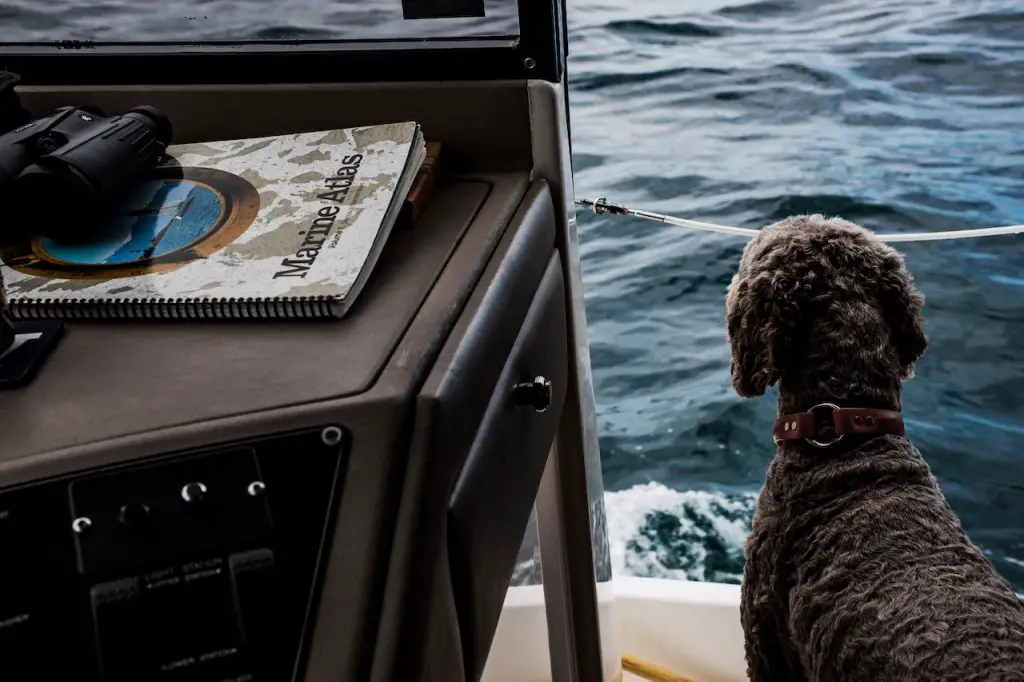
Environmental Factors: Navigating Nature’s Challenges
As we explore the great outdoors, it is essential to be mindful of the environmental factors that can impact these valuable optical instruments.
Here we will see into the effects of temperature, humidity, moisture, sunlight, and UV rays on binoculars, and discover how to adapt and protect them for lasting optical brilliance.
Temperature and climate
Effects of extreme heat or cold on optics and materials
Extreme temperatures can pose significant challenges to binoculars and their performance.
In scorching heat, internal components, adhesives, and lubricants may deteriorate, leading to misalignment and reduced functionality.
On the other hand, cold temperatures can cause materials to contract and may affect the smooth functioning of moving parts, including the focus wheel.
To protect your binoculars from temperature-related damage, follow these guidelines:
- Avoid leaving your binoculars in a hot car or under direct sunlight, as this can cause internal components to warp or degrade.
- In cold weather, store your binoculars in a protective case and allow them to gradually acclimate to room temperature before use.
Adapting to different environments
Binoculars can be versatile companions, but they require careful adaptation when used in diverse environments:
- In dusty or sandy areas, avoid changing the interpupillary distance or focus settings, as grit and particles may cause scratches on the lenses.
- In high-altitude locations, where atmospheric pressure is lower, some binoculars may experience slight changes in internal air pressure. Consider models with nitrogen-purged or argon-purged designs to prevent fogging and maintain optimal performance.
Humidity and moisture
Preventing fogging and internal condensation
Humidity and moisture are common challenges when using binoculars in various climates.
Internal fogging and condensation can blur the view and impair the optical performance. To prevent these issues, consider the following:
- Choose binoculars with O-ring seals and nitrogen or argon gas purging, as they create a moisture-free environment inside the optical system.
- Keep your binoculars in their protective case when transitioning from humid to cooler environments to avoid rapid temperature changes that can cause condensation.
Waterproofing and moisture-resistant features
Waterproofing is a crucial feature for binoculars that may encounter rain, splashes, or high humidity:
- Invest in binoculars with a high level of waterproofing, often indicated by an IPX rating, to ensure they can withstand water exposure without compromising performance.
- Look for moisture-resistant lens coatings that facilitate easy cleaning and protect the lenses from water droplets and smudges.
Exposure to sunlight and UV rays
Protecting lenses from UV damage
Prolonged exposure to sunlight and UV rays can degrade the coatings on binocular lenses, leading to reduced image clarity and color fidelity. To protect your binoculars from UV damage:
- When not in use, store them in their protective case or cover the lenses with lens caps to shield them from direct sunlight.
- Invest in binoculars with high-quality lens coatings, such as multi-coated or fully multi-coated optics, to enhance UV protection and light transmission.
Long-term effects of prolonged exposure
Repeated exposure to intense sunlight can also cause damage to the binocular’s exterior:
- Opt for binoculars with rubber armoring or ruggedized construction, as they provide additional protection against UV-induced wear and tear.
Handling Properly: Safeguarding the Precision of Your Binoculars
Binoculars are precision instruments that grant us an enhanced view of the world. As users, our handling practices significantly influence the longevity and performance of these valuable optical companions.
In this section, we will explore the importance of proper usage techniques and handling with care to ensure the pristine condition and optical brilliance of your binoculars.
Proper usage techniques
Adjusting focus and interpupillary distance correctly
Properly adjusting the focus and interpupillary distance of your binoculars is crucial for obtaining clear and sharp images. Follow these guidelines for optimal usage:
- Adjust the focus wheel slowly and smoothly to achieve a crisp image. Avoid rapid and forceful adjustments, as this may strain the focusing mechanism.
- Set the interpupillary distance to match the width of your eyes for a comfortable and immersive viewing experience. Correct interpupillary distance ensures you see a single, merged image instead of overlapping images.
By using correct adjustment techniques, you minimize unnecessary strain on the binoculars’ internal mechanisms and maximize their optical performance.
Handling with care
The importance of using lens caps and neck straps
Using lens caps and neck straps is a simple yet effective way to protect your binoculars from potential damage:
- Whenever you’re not actively using your binoculars, cover the lenses with their respective caps to shield them from dust, debris, and scratches.
- Always use the neck strap when carrying or using your binoculars for added security and convenience. The strap prevents accidental slips or drops and keeps your hands free for other tasks.
By employing these basic accessories, you can safeguard your binoculars and minimize the risk of unintended damage.
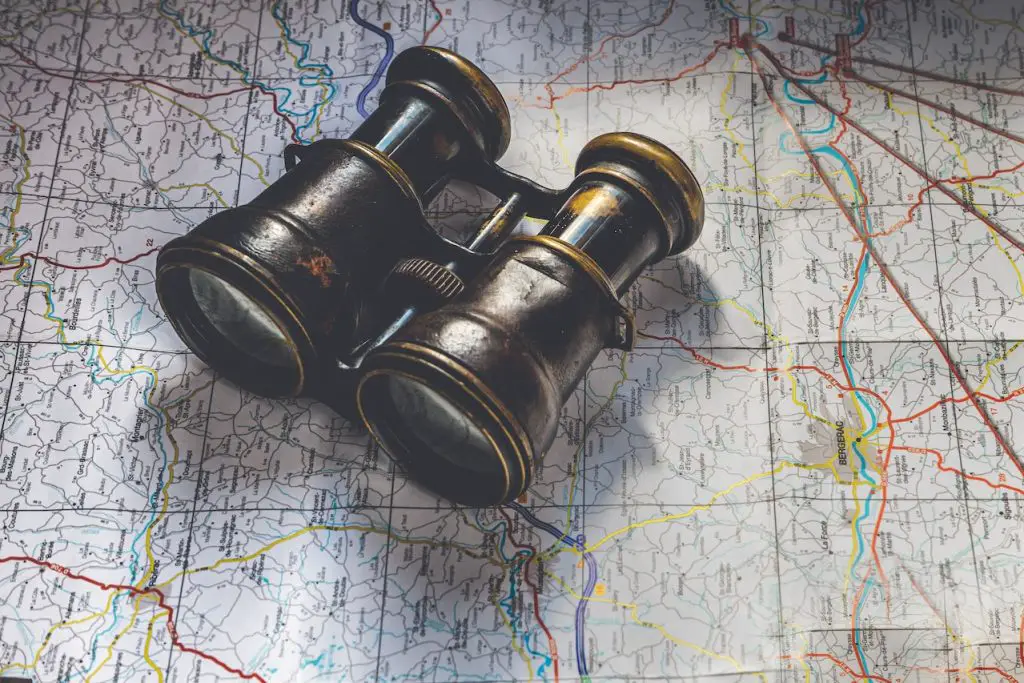
Lifespan Expectancy and When to Replace Binoculars: Making Informed Decisions
Binoculars are cherished companions that enrich our experiences with stunning vistas and close encounters with nature.
However, like all tools, they have a finite lifespan and eventually require replacement.
In this section, we will explore the general lifespan of high-quality binoculars, signs of wear and aging to look out for, and the factors that might necessitate their replacement.
General lifespan of high-quality binoculars
High-quality binoculars, manufactured by reputable brands and constructed with superior materials, can last for many years with proper care and maintenance.
On average, well-maintained binoculars can serve their users for a decade or more.
Some binocular enthusiasts have even reported using their beloved instruments for 20 years or longer.
The lifespan of binoculars is influenced by factors such as build quality, usage patterns, and environmental conditions.
Signs of wear and aging to look out for
As binoculars age and experience regular use, they may exhibit signs of wear and aging. Here are some common indicators to be aware of:
- Image Quality: Over time, you may notice a gradual decline in image clarity and sharpness. This could be due to the degradation of lens coatings or the accumulation of dust and dirt on the optics.
- Alignment Issues: Misalignment of the binocular barrels may become apparent, leading to double images or difficulty achieving a sharp focus.
- Mechanical Problems: The focusing mechanism or diopter adjustments may become less smooth and precise with age, hindering ease of use.
- Exterior Wear: The exterior rubber armoring may show signs of wear, such as peeling, cracking, or fading.
Also Read: How To Restore Old Binoculars
Factors that might necessitate replacement
Irreparable damage
In some cases, binoculars may sustain irreparable damage due to accidents or mishandling.
Significant impacts, severe drops, or exposure to harsh environmental conditions might lead to internal damage that cannot be repaired. In such situations, replacement may be the only viable option.
Technological advancements and improved features
Advancements in optical technology and design continuously introduce new features and improvements to binoculars.
For instance, newer models may have better lens coatings, enhanced image stabilization, or improved waterproofing.
As a result, users may opt to replace their older binoculars with newer ones to take advantage of these benefits an
Conclusion
In the journey of exploring the world through binoculars, remember that the choices we make and the care we provide directly influence the clarity and longevity of these remarkable optical companions.
With a commitment to quality, maintenance, and responsible handling, we can savor countless moments of beauty and wonder for years to come.
